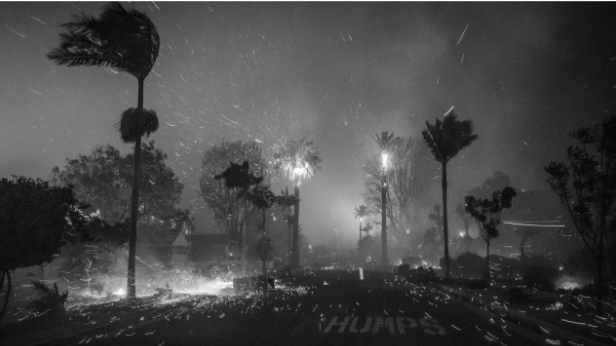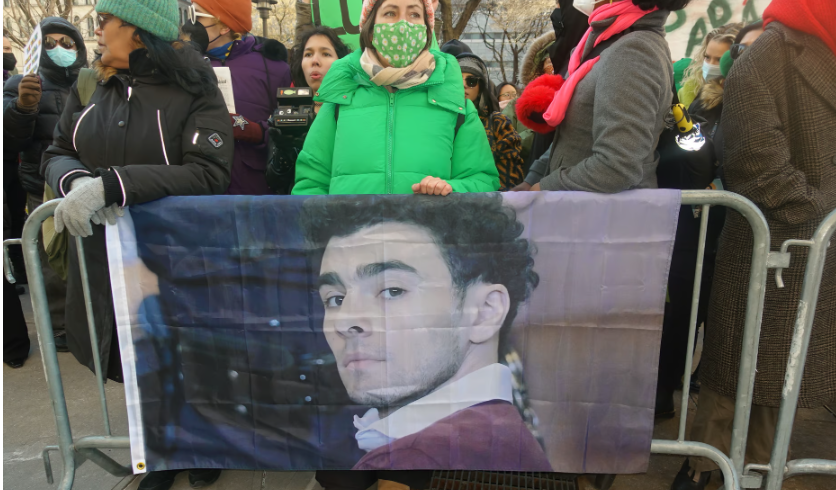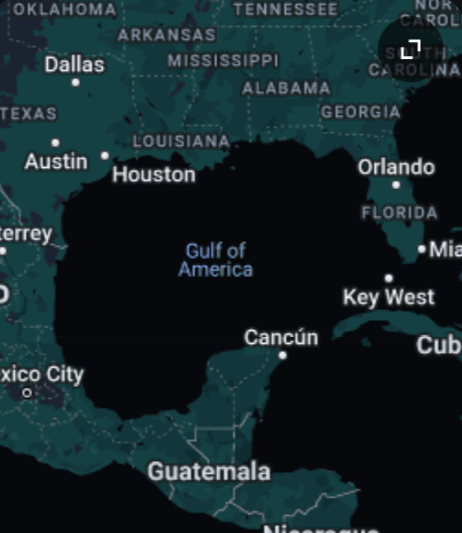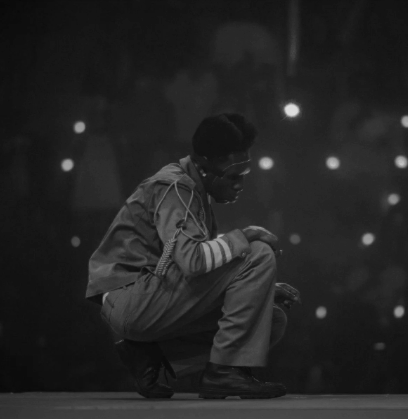Japanese Internment Camps
During World War II, 127,000 American citizens were imprisoned. Their crime? Being of Japanese ancestry.
After the attack by the Japanese on American soil, Japanese- Americans faced an extreme security risk since it was suspected that they remained loyal to their homeland. Due to this attack, President Roosevelt signed an executive order condoning the relocation of all Americans of Japanese ancestry to concentration camps.
The Japanese-American families all received an evacuation notice in their neighborhoods, and many families had to sell their homes, stores, and items. These families were not sure when or even if they would return. It made no difference when being evicted if the people were actually born in Japan or had even visited the country before. Even Japanese Americans who had fought in World War I were forced to leave their homes.
Before the concentration camps were completed, many of the families had to be kept in temporary centers- such as stables at racetracks. Once the camps had been finished, they were located in remote areas along the western United States.
While inside the camps, children were expected to go to school and adults had the option to work for $5 a day. The food was military-styled grub, it was very cold in winter, very hot in summer, and if anyone tried to leave, they were shot on sight.
Once the war was over, the Supreme Court ruled the relocation of the Japanese Americans as a wartime necessity. Although hostility towards those of Japanese still remained high, and many could not move back to their original homes, all those still living that came out of the camps were awarded $20,000.
While these camps never reached the full brutality of those of the Nazis, this still remains on the dark side of American history.
















